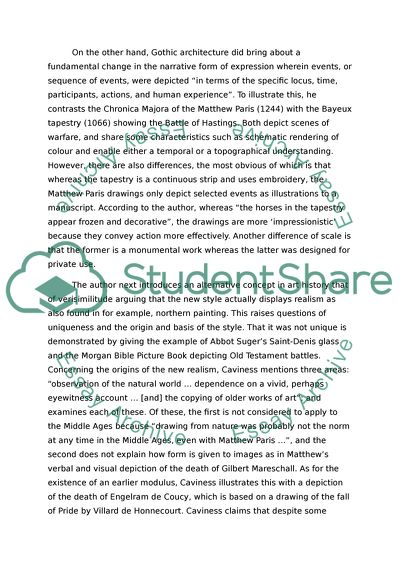Cite this document
(The Simple Perception of Matter and the Representation of Narrative Essay, n.d.)
The Simple Perception of Matter and the Representation of Narrative Essay. https://studentshare.org/performing-arts/1730490-report-of-a-jounal
The Simple Perception of Matter and the Representation of Narrative Essay. https://studentshare.org/performing-arts/1730490-report-of-a-jounal
(The Simple Perception of Matter and the Representation of Narrative Essay)
The Simple Perception of Matter and the Representation of Narrative Essay. https://studentshare.org/performing-arts/1730490-report-of-a-jounal.
The Simple Perception of Matter and the Representation of Narrative Essay. https://studentshare.org/performing-arts/1730490-report-of-a-jounal.
“The Simple Perception of Matter and the Representation of Narrative Essay”. https://studentshare.org/performing-arts/1730490-report-of-a-jounal.


